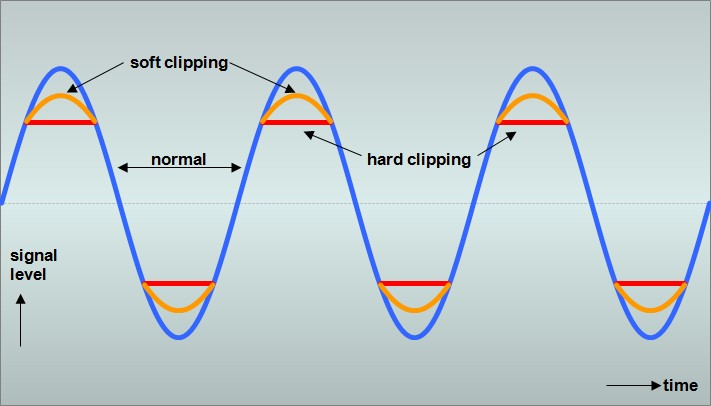Oh, another thought about transformers.
Few years ago I've read an interesting article about the so called "tube distortion". It turns out that tubes cannot distort and were never meant to be distortion devices when they were invented, but the exact opposite! In fact, based on that reading, they were (are) the most linear and clean amplification devices ever made. In a tube circuit the element that really distorts is the output transformer which clip the signal if the tube gain is pushed hard because its(tranfsormer) input has lower range (this is true only for some tube circuit design, IIRC). According to the article, the "tube distortion" myth is possibly born decades ago, when some tube guitar amplifier models, when pushed hard, produced a "distorted" sound that was considered more pleasant that the solid state counterpart, and people start to think that tubes where superior! But that was about distortion and not about clean/linear amplication range! Then the marketing and the history have done the rest.
But the point was: if the tube is chosen because is a perfectly clean (linear) amplifier then, pushing it (or designing the remaining circuit) so that its transformer distort (i.e. enters in the "non linear" behaviour) makes no sense at all! (Unless, obviously, this is what you want, but then distortion or "colour" becomes a matter of taste...).
I'm not an electronic engineer but that's what I understood/remeber from that article.
Sorry for deraling thread



